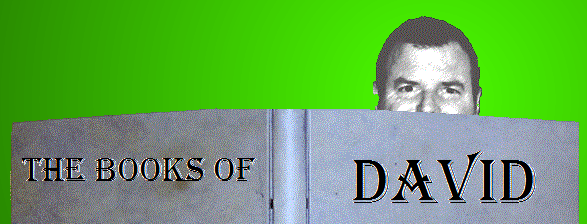
Lynnne Truss is a stickler - a stickler for proper punctuation.
I don't know if she wanders the streets with a marker to add missing apostrophes - such as on posters for the movie Two Weeks Notice; or with white stickers to conceal extraneous punctuation - such as in a store signs that read "Boat Motor's", but I know that she is tempted to do so. I know that it pains her to see such misuse of common punctuation in public places. She agonizes each time she sees "its" and "it's" misused.
She put together "Eats, Shoots & Leaves" - a small volume designed to clarify the proper usage of punctuation in the English language and to pursuade us that it is important.
Like Ms. Truss, I agree on the importance of punctuation, particularly in public or professional communication; but I don't always know the correct rules, so her advice is useful.
The book devotes a full chapter to the use and abuse of the apostrophe; another to the comma; a third to the dash; and so on. For each punctuation mark in question, Ms. Truss lists the proper usages of that punctuation and some common, and annoying, violations of those rules. For example, her book lists 17 distinct uses for the comma.
It’s a difficult task because punctuation rules are sometimes vague and open to interpretation; and because the rules are often broken by respected writers; and because the rules change in a living language like English.
But Truss does her best to clarify the vagaries and to evangelize the static, unambiguous rules. It's important because the meaning of a sentence can change dramatically, depending on the punctuation: "Extra-marital sex" does not mean the same as "Extra marital sex";
The poor punctuation of "Eats, Shoots & leaves" (the title; not the book) misrepresents the characteristics of a panda. An extraneous comma suggests that a panda employs firearms after its meal and before its exit. Correctly punctuated ("Eats shoots and leaves"), the phrase describes a panda's favorite meal.
Most of Ms. Truss's advice does not sound like a textbook. Regarding comma usage, for example, she dictates the rule: "Don't use commas like a stupid person". What she means is that one should step back and read a sentence to verify that the punctuation conveys the correct meaning.
For example, the sentence
"Leonora walked on her head, a little higher than usual."
is grammatically correct, but probably not what the author intended.
Despite her passion for the topic, her style is light and engaging. I laughed out loud several times while reading this short volume. She parenthetically refers to Gertrude Stein as a "strange woman" (presumably because she disagrees with nearly every opinion Ms. Stein holds on punctuation); and she once described a long, over-punctuated sentence as exhaustedly slipping into a comma.
I really enjoyed this book and will keep it on my bookshelf beside Strunk and White's excellent The Elements of Style because it is concise, accessible and extremely useful.